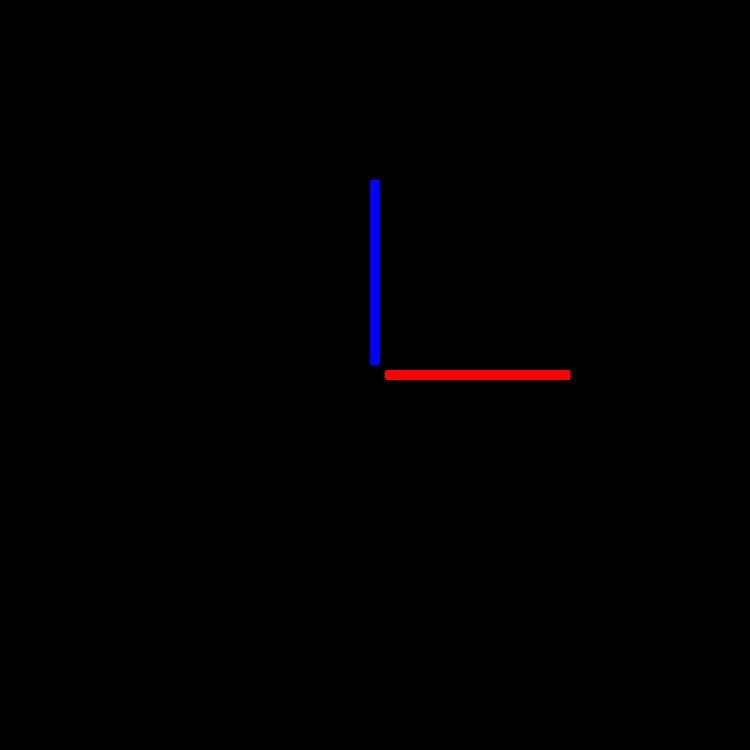 | ||
In group theory, a branch of mathematics, a word metric on a group
Contents
- The group of integers Z
- The group Z Z displaystyle mathbb Z oplus mathbb Z
- Definition
- Variations
- Example in a free group
- Isometry of the left action
- Bilipschitz invariants of a group
- Quasi isometry invariants of a group
- References
A generating set for
The group of integers Z
The group of integers Z is generated by the set {-1,+1}. The integer -3 can be expressed as -1-1-1+1-1, a word of length 5 in these generators. But the word which expresses -3 most efficiently is -1-1-1, a word of length 3. The distance between 0 and -3 in the word metric is therefore equal to 3. More generally, the distance between two integers m and n in the word metric is equal to |m-n|, because the shortest word representing the difference m-n has length equal to |m-n|.
The group Z ⊕ Z {\displaystyle \mathbb {Z} \oplus \mathbb {Z} }
For a more illustrative example, the elements of the group
In general, given two elements
Definition
Let G be a group, let S be a generating set for G, and suppose that S is closed under the inverse operation on G. A word over the set S is just a finite sequence
Given an element g of G, its word norm |g| with respect to the generating set S is defined to be the shortest length of a word
The word metric on G satisfies the axioms for a metric, and it is not hard to prove this. The proof of the symmetry axiom d(g,h) = d(h,g) for a metric uses the assumption that the generating set S is closed under inverse.
Variations
The word metric has an equivalent definition formulated in more geometric terms using the Cayley graph of G with respect to the generating set S. When each edge of the Cayley graph is assigned a metric of length 1, the distance between two group elements g,h in G is equal to the shortest length of a path in the Cayley graph from the vertex g to the vertex h.
The word metric on G can also be defined without assuming that the generating set S is closed under inverse. To do this, first symmetrize S, replacing it by a larger generating set consisting of each
Example in a free group
Suppose that F is the free group on the two element set
Isometry of the left action
The group G acts on itself by left multiplication: the action of each
Bilipschitz invariants of a group
The word metric on a group G is not unique, because different symmetric generating sets give different word metrics. However, finitely generated word metrics are unique up to bilipschitz equivalence: if
This constant K is just the maximum of the
The bilipschitz equivalence of word metrics implies in turn that the growth rate of a finitely generated group is a well-defined isomorphism invariant of the group, independent of the choice of a finite generating set. This implies in turn that various properties of growth, such as polynomial growth, the degree of polynomial growth, and exponential growth, are isomorphism invariants of groups. This topic is discussed further in the article on the growth rate of a group.
Quasi-isometry invariants of a group
In geometric group theory, groups are studied by their actions on metric spaces. A principle which generalizes the bilipschitz invariance of word metrics says that any finitely generated word metric on G is quasi-isometric to any proper, geodesic metric space on which G acts, properly discontinuously and cocompactly. Metric spaces on which G acts in this manner are called model spaces for G.
It follows in turn that any quasi-isometrically invariant property satisfied by the word metric of G or by any model space of G is an isomorphism invariant of G. Modern geometric group theory is in large part the study of quasi-isometry invariants.
